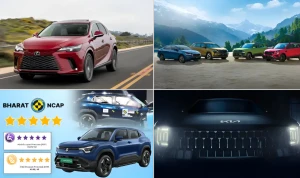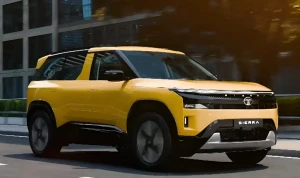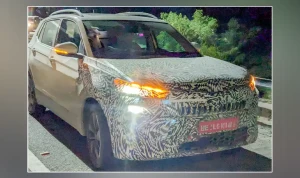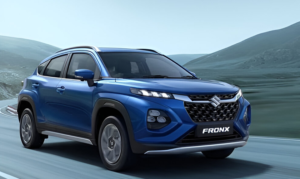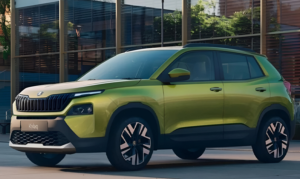Self Driving Cars In India When Will They Arrive?
- India is still years away from fully adopting self driving cars
- Road conditions, laws and tech readiness are the main barriers
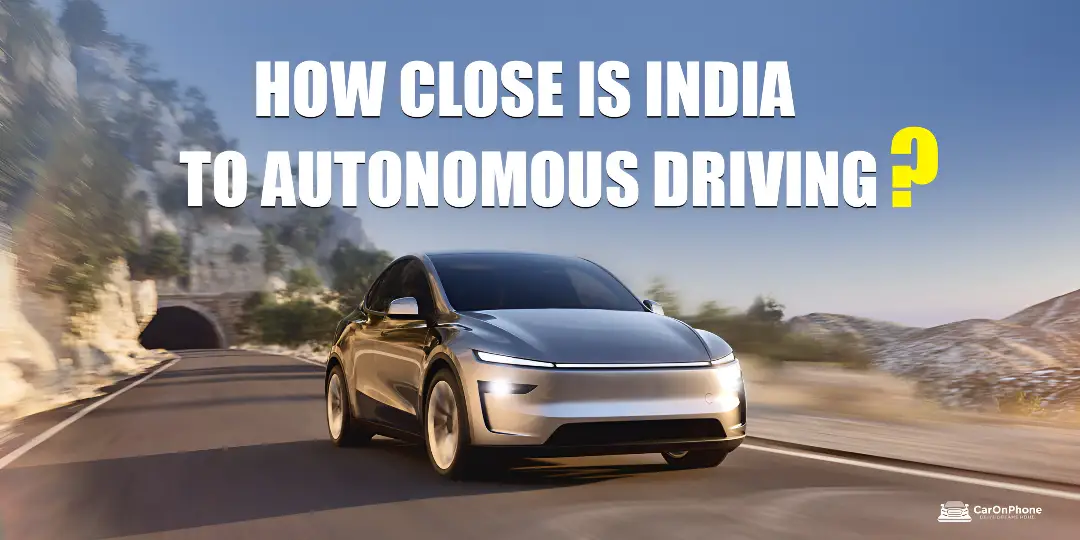
The automobile industry in India is evolving rapidly with electric vehicles, connected mobility and smart car technologies already making progress. The next big question people are asking is about self driving cars in India. While autonomous vehicles are being tested in developed countries Indian roads bring unique challenges that make the arrival of such cars more complex.
This article explains when India could see self driving cars what obstacles are in the way and how the future of the Indian automobile industry might change once this technology matures.
Catch the latest launches and updates on CarOnPhone!What Are Self Driving Cars?
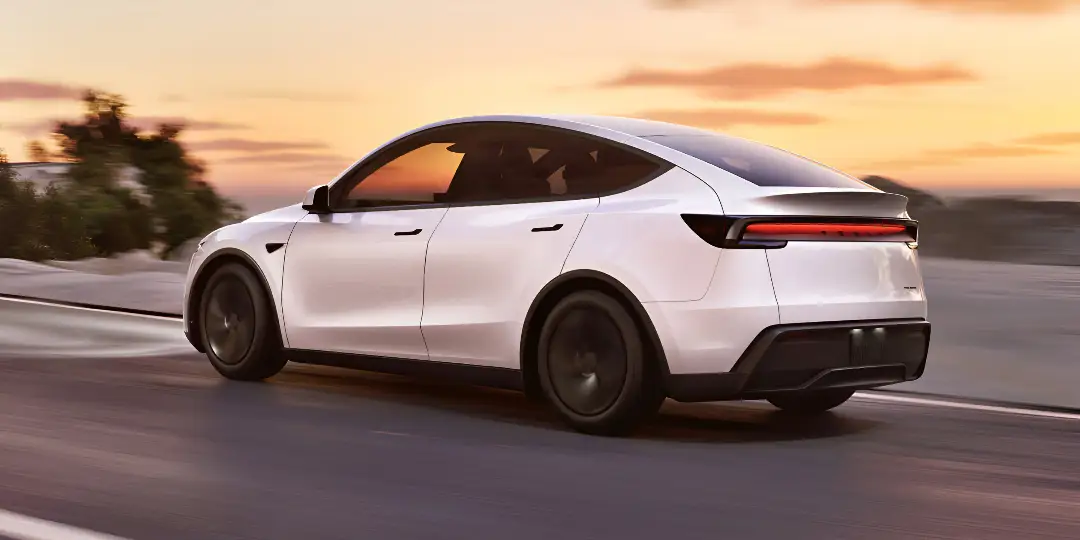
Before talking about India it is important to understand what self driving cars mean
- Definition– Vehicles that can drive with little or no human input by using sensors, AI, cameras and mapping systems.
- Levels of Autonomy
- Level 0 – No automation (human drives fully)
- Level 1 – Driver assistance (basic cruise control)
- Level 2 – Partial automation (lane assist, adaptive cruise
- Level 3 – Conditional automation (car can drive itself in some conditions but driver must take control when needed)
- Level 4 – High automation (car drives in most conditions without driver)
- Level 5 – Full automation (car drives in all conditions with no driver)
Currently most cars in India are between Level 1 and Level 2 with features like parking assist, adaptive cruise control and emergency braking.
Current Status In India
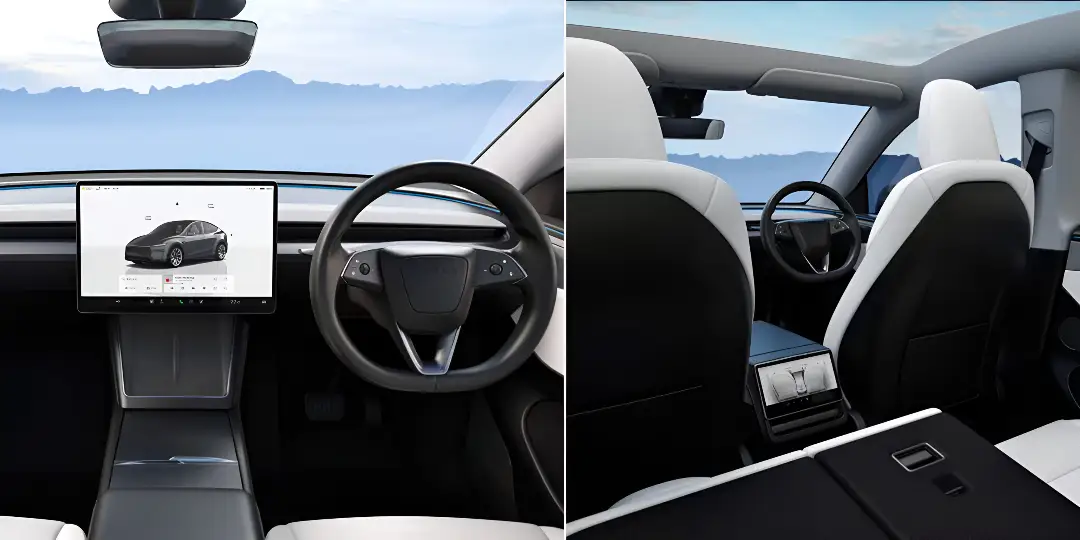
India is far from Level 5 autonomy. At present the focus is more on Advanced Driver Assistance Systems rather than full self driving.
Features already available in India
- Automatic braking systems
- Adaptive cruise control
- Lane departure warnings
- Collision alerts
Why India lags
- Road Infrastructure– Narrow lanes, poor markings, mixed traffic with cars, bikes, cycles and even animals.
- Legal Barriers– Indian road safety laws do not currently allow driverless cars.
- High Costs– The cost of self-driving technology is too high for mass adoption in India.
- Tech Readiness– AI systems trained for Western roads struggle with Indian driving patterns.
Challenges Unique To India
Self-driving cars face multiple problems in India that are not common in Western countries:
- Road Conditions
- Poor lane markings
- Unplanned road layouts
- Potholes and broken roads
- Traffic Behavior
- Lane discipline is weak
- Overtaking from all sides
- Mixed traffic of pedestrians, bikes, rickshaws, and trucks
- Infrastructure Readiness
- Lack of smart traffic signals
- Limited 5G coverage needed for connected cars
- Inconsistent road signs
- Cost Factor
- High price of sensors, LIDAR, and AI systems make the cars unaffordable for most buyers in India.
Timeline –When Can India Expect Self Driving Cars?
Experts suggest India is still at least 10– 15 years away from full self driving cars. Instead the near future will see semi autonomous features becoming common.
- Next 5 Years
- More cars with ADAS features like lane keep assist, blind spot detection and advanced cruise control.
- Next 10 Years
- Limited Level 3 automation in premium vehicles on expressways only.
- Beyond 2035
- Wider adoption possible if infrastructure, legal systems and technology improve.
Benefits Of Self Driving Cars
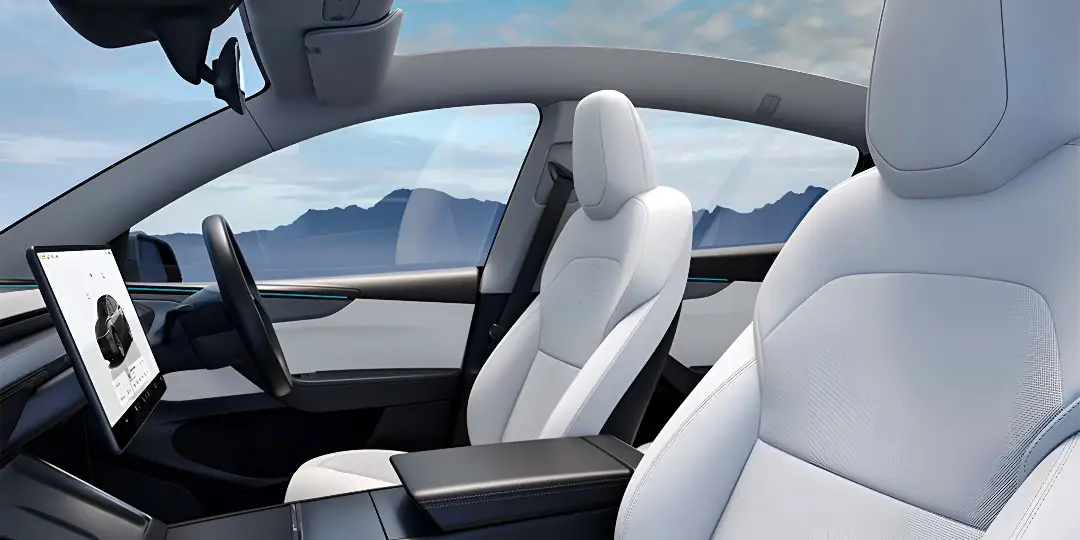
Once self driving technology matures India could see benefits like
- Reduced Accidents– Most accidents are due to human error which autonomous cars could reduce.
- Better Traffic Flow– Smart cars could communicate with each other to reduce jams.
- Accessibility– Elderly and disabled people could move independently.
- Fuel Efficiency– AI-driven cars can save fuel with optimized driving.
Barriers To Overcome
India must address some serious issues before self-driving cars become a reality:
- Legal changes to allow autonomous cars on roads.
- Infrastructure upgrades like smart highways, 5G networks, and clear lane markings.
- Public trust, People must feel safe riding in a car with no driver.
- Lower technology costs to make it affordable in the Indian market.
Industry Outlook: Trucks First, Cars Later
Analysts predict that India might see semi-autonomous trucks and buses on highways before personal cars. This is because long-haul highways are easier for automation compared to chaotic city roads.
Shared mobility services such as robo-taxis could enter metro cities later, but only after strict testing and regulatory approval.
Interestingly, global players are watching India closely. Many enthusiasts often search for Tesla autopilot India, hoping that advanced features like those in Tesla cars will soon be available here. However, unless India builds the right ecosystem, even advanced systems like Autopilot will face challenges on Indian roads.
Self-driving cars in India are still a distant reality. While the next decade will bring smarter driver assistance features, fully autonomous cars may not arrive until after 2035. For this transformation, India will need better road infrastructure, supportive laws, lower costs, and public acceptance.
Tags:
CarOnPhone is your one-stop destination to see all upcoming cars, latest cars, released cars, and EV Cars, and compare Cars in all Car Brands. Stay tuned and follow us to update yourself on the automotive world.

